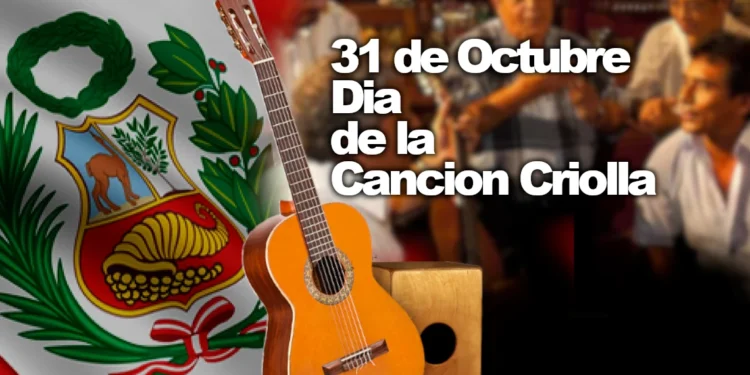Every October 31, Peru celebrates one of the most vibrant and moving events on its cultural calendar: the Day of the Creole Song. This date, which coincides with the festivities of the Lord of Miracles, pays tribute to the country’s rich musical tradition and offers a chance to relive the music that tells the stories of neighborhoods, streets, and everyday life in Lima and across Peru. Creole music is, at its core, the musical heart of a nation that embraces its mixed heritage, and the Day of the Creole Song is its ultimate celebration.
In this article, we invite you to discover the origins, evolution, and most iconic exponents of this music, as you explore why Peruvians should feel so proud of their Creole legacy. Join us on this fascinating journey through the history and rhythms of Peruvian Creole music!
The Origins of the Day of the Creole Song
On October 18, 1944, then-President of Peru, Manuel Prado Ugarteche, decided to establish a date to honor the Creole musicians and artists of the time. To coincide with the celebrations of the Lord of Miracles, a significant religious event in Lima, the Day of the Creole Song was created to celebrate the richness and diversity of this musical genre. Years later, in 1973, after the death of the iconic singer Lucha Reyes on October 31, the celebration was moved to this date in her honor, giving it a double meaning for Peruvians: music and devotion.
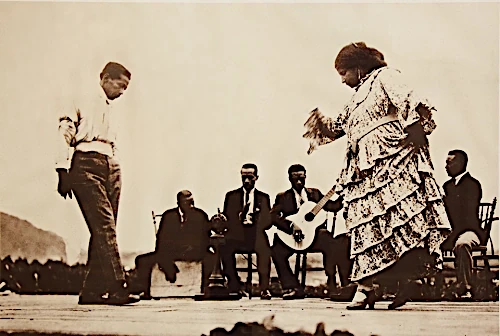
Creole Music: A Unique and Mixed Fusion
Creole music is the result of a fascinating blend of cultures. Over the centuries, Peruvian musicians have fused various genres of European, Andean, and African origins. The Viennese waltz, Spanish jota, Spanish zarzuela, and traditional Andean and Afro-Peruvian rhythms gave rise to Creole music, a genre deeply rooted in Peru’s mixed heritage and multiculturalism.
Although its roots are in Lima’s Barrios Altos and Rímac neighborhoods, this genre quickly spread throughout the country, becoming a symbol of national identity. Over time, it became the music that accompanied celebrations, sorrows, love, and heartbreak in the daily life of Lima’s streets.
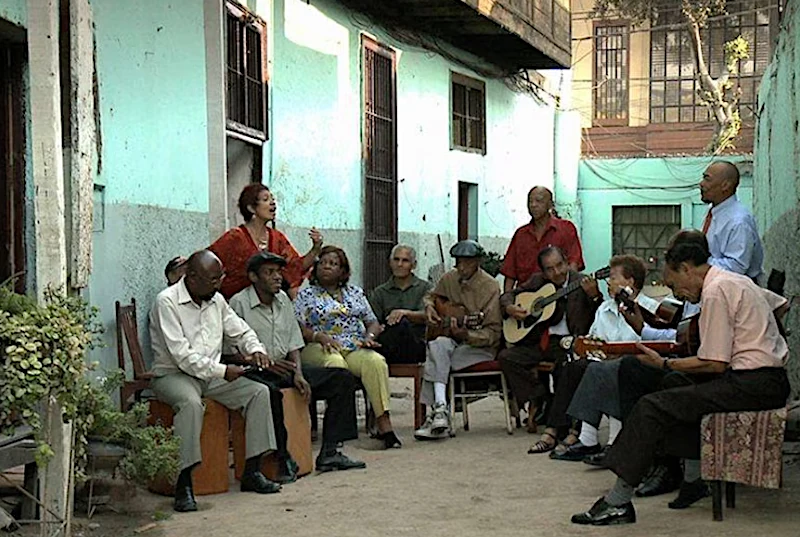
Artists Who Defined Creole Music
Creole music has a long list of artists who defined an era and whose legacy lives on to this day. These artists not only composed songs but also became symbols of cultural pride and national identity:
Los Embajadores Criollos and Los Morochucos: Iconic groups that marked the history of Creole music with their harmonies and skill on the Creole guitar, immortalizing songs that now form part of Peru’s cultural heritage.
Felipe Pinglo Alva: Considered the father of the Creole waltz, his compositions such as “El Plebeyo” and “El Huerto de mi Amada” have become anthems of the genre. Pinglo portrayed in his songs the lives of the humble and marginalized, sensitively reflecting the stories of love, struggle, and pain of the people.
Carmencita Lara: With her unmistakable voice, Carmencita Lara immortalized songs like “Olvídala Amigo” and “Llora, Llora Corazón,” which blended Creole music with the lament of broken hearts. She was one of the most beloved figures in the genre.
Arturo “Zambo” Cavero and Óscar Avilés: Together, they formed one of the most legendary duos in Creole music. Songs like “Y se llama Perú” and “Contigo Perú” became authentic patriotic anthems that continue to move Peruvians.
Chabuca Granda: The creator of the unforgettable “La Flor de la Canela” and “José Antonio,” she elevated Creole music to poetic heights, gaining international recognition for her lyrics and unique style.
Augusto Polo Campos: Composer of great hits like “Contigo Perú” and “Regresa,” Augusto Polo Campos was another brilliant mind who contributed to the richness of Creole music.
Eva Ayllón: Known as the “Queen of Landó,” Eva Ayllón has been one of the most influential figures in the spread and preservation of Creole and Afro-Peruvian music, bringing her talent to international stages.
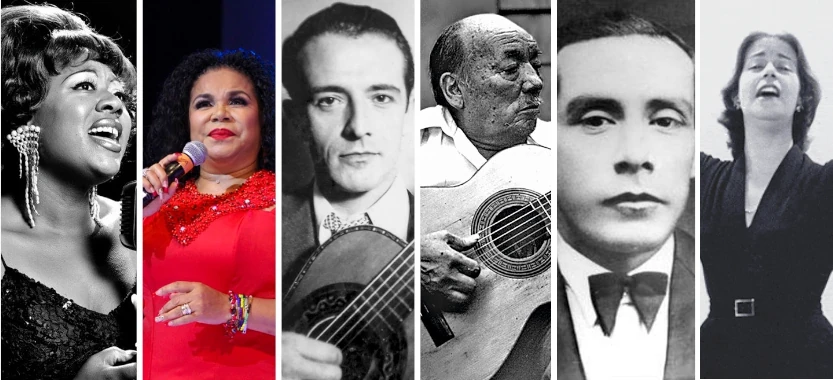
The Distinctive Style of the Creole Guitar
One particular aspect of Creole music is its distinctive use of the Creole guitar. Peruvian guitarists developed a unique style that blends complex arpeggios and strumming with a rhythmic sensitivity that accompanies the emotional lyrics of waltzes, marineras, or tonderos. This guitar has become the backbone of Creole music, offering the perfect accompaniment for voices that narrate stories of love, sorrow, and joy from the Peruvian people.
Creole music is more than a genre; it is the voice of Peru. It reflects the cultural mix that defines the country, a sonic testimony to its history, struggles, and dreams.
The Legacy of Lucha Reyes: The Heart of the Creole Song
On October 31, 1973, Creole music lost one of its most beloved figures: Lucha Reyes. Known as the “Golden Morenita,” Lucha Reyes was one of the most powerful voices in the genre. Her rendition of “Regresa” has become an immortal classic, still echoing in peñas and in the hearts of Peruvians. After her death, it was decided that the Day of the Creole Song would be celebrated every October 31 as an eternal tribute to her legacy.
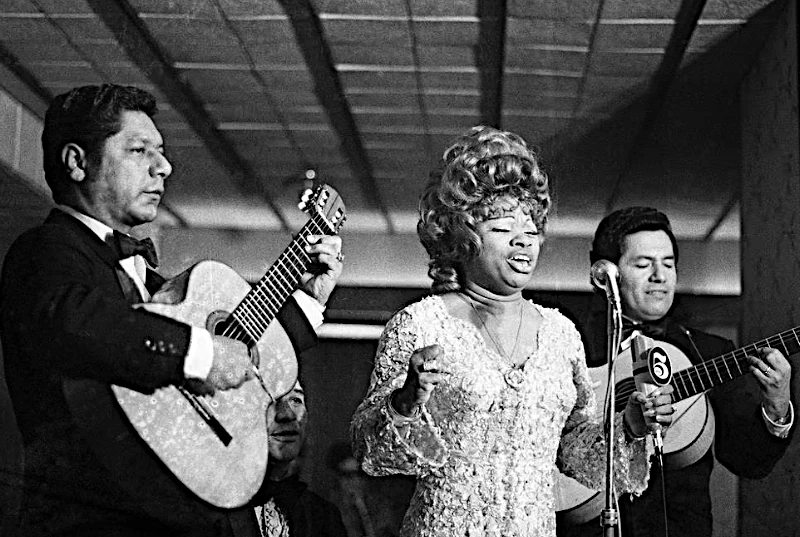
Why Peruvians Should Feel Proud of their Creole Music
Creole music is much more than a musical genre; it is the voice of Peru. It is a reflection of the cultural fusion that defines the country, a sound testimony of its history, its struggles and its dreams. Each waltz, each marinera, each tondero is a fragment of the national identity. This music has accompanied the people in their most difficult moments and also in their most joyful celebrations.
Creole music is much more than a musical genre; it is the voice of Peru. It is a living representation of its culture, of its ability to integrate diverse influences and make them its own. It is music that tells stories of life, love, struggle, and resilience.
Celebrate the Day of the Creole Song
The Day of the Creole Song is an opportunity to reconnect with the musical roots of Peru. We invite you to celebrate this day by listening to the genre’s great exponents, visiting Creole celebrations and peñas, or simply sharing a song with your loved ones.
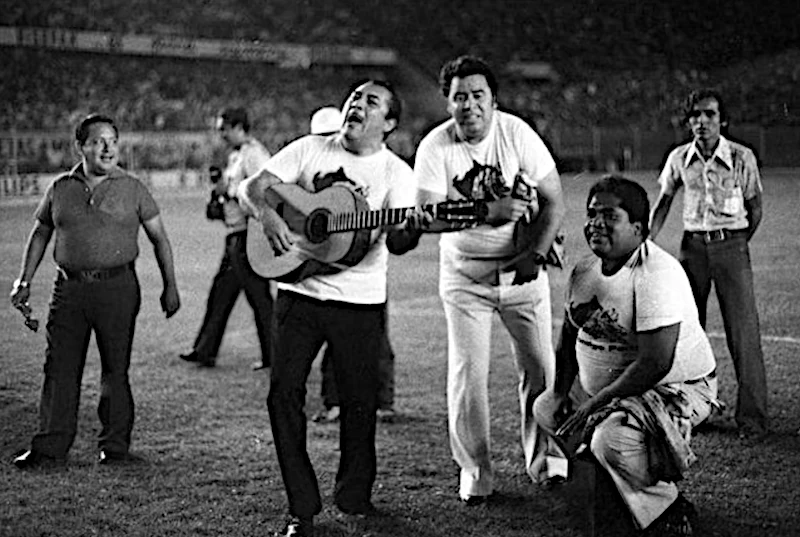
We want to know your favorite Creole song. What memories does Creole music bring to you? Leave us a comment and share this article with others who also appreciate Peru’s rich musical tradition.


